CERN was an exciting time filled with lots of new learnings and making new connections. As a team, collectively, we learnt how to think distinctively about the issues presented in the opportunity cards and what methods can be used to tackle it. During our time at CERN, the teaching team would always recommend various ways to tackle the problem at hand. This is something we have learnt from and we implement them in all our design decisions. Our team collectively used these insights during all our ideation and prototyping tasks. The ideation process at CERN was fast-paced. This was at first difficult to get used to, but with time, this structure helped us learn how to work with time constrains and design with purpose. We were given tasks where we collaborated with other DFM groups, this was a start for our collaboration and learning from various disciplines. This was something we enjoyed and learnt from since this unit calls for a collaboration of designers and engineers. During the two-week intensive, we were constantly ideating and prototyping various solutions for many issues these opportunity cards highlighted. As a group, we enjoyed the ideation session’s where we were given to think of futuristic solutions. It was liberating to not limit our ideas with existing technologies and possible solutions, but think of how it will evolve in the future. This sense of independence to think outside the box without barriers (much like the license to dream) enabled us to formulate solutions for our opportunity cards on e-waste and over fertilization.
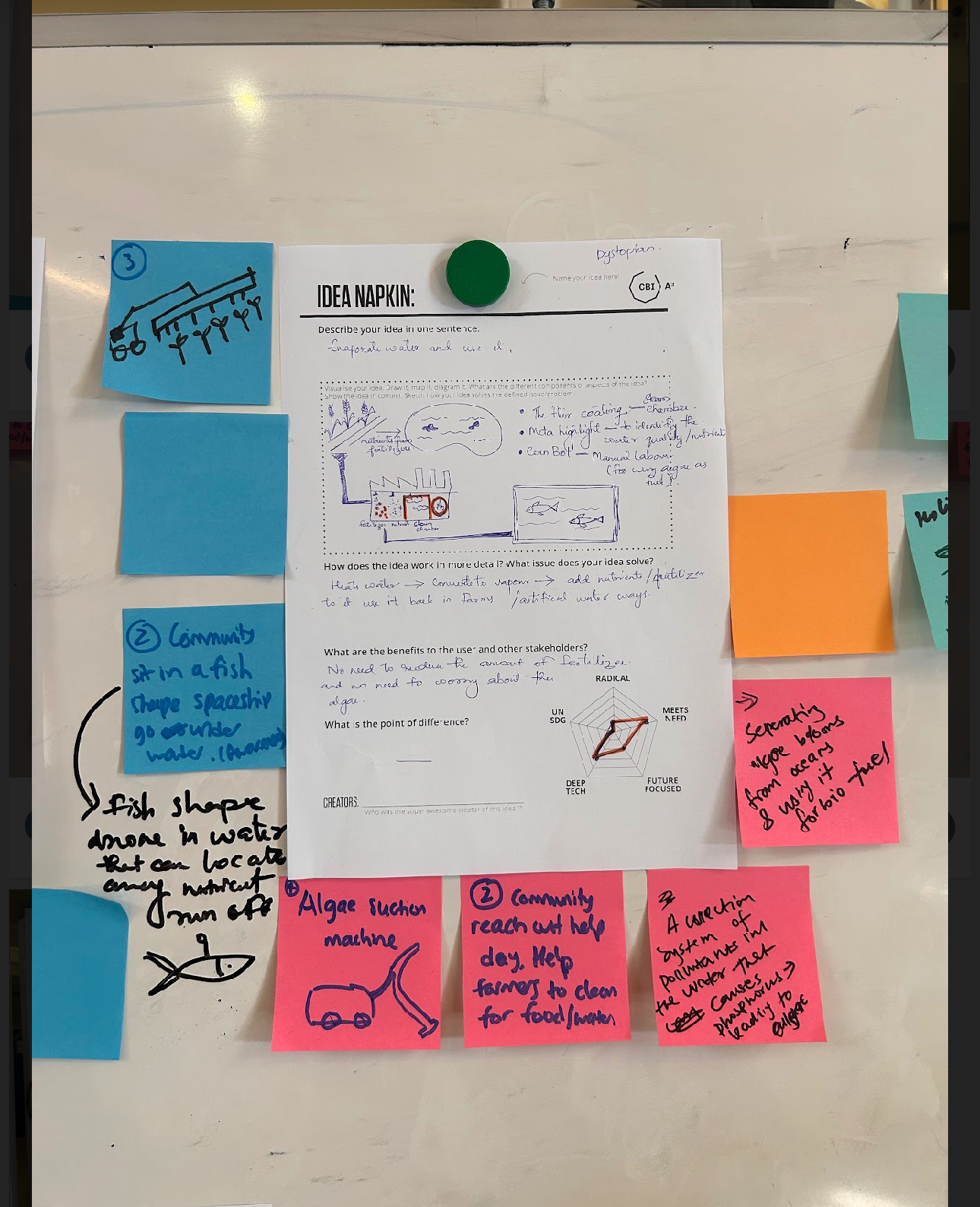
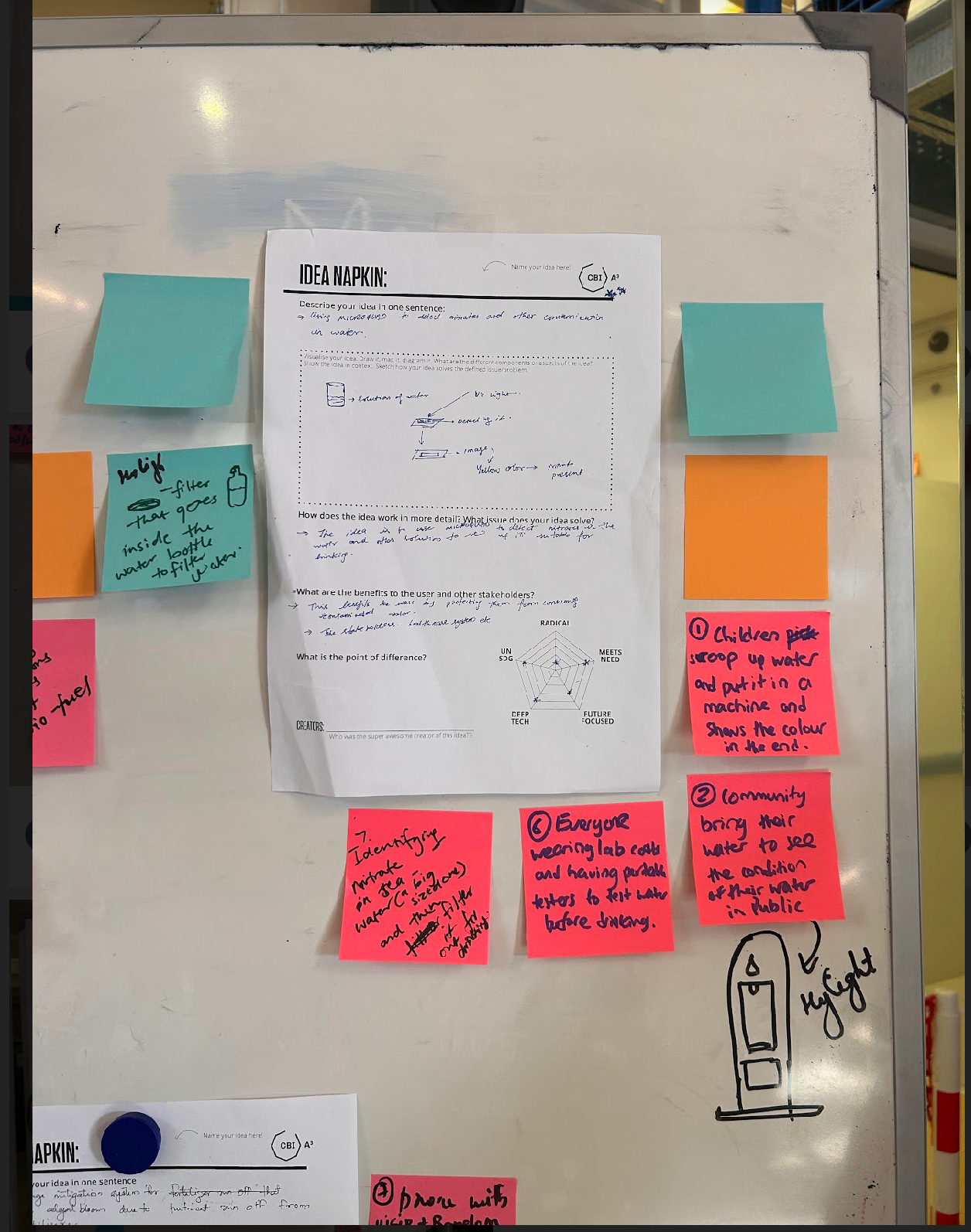
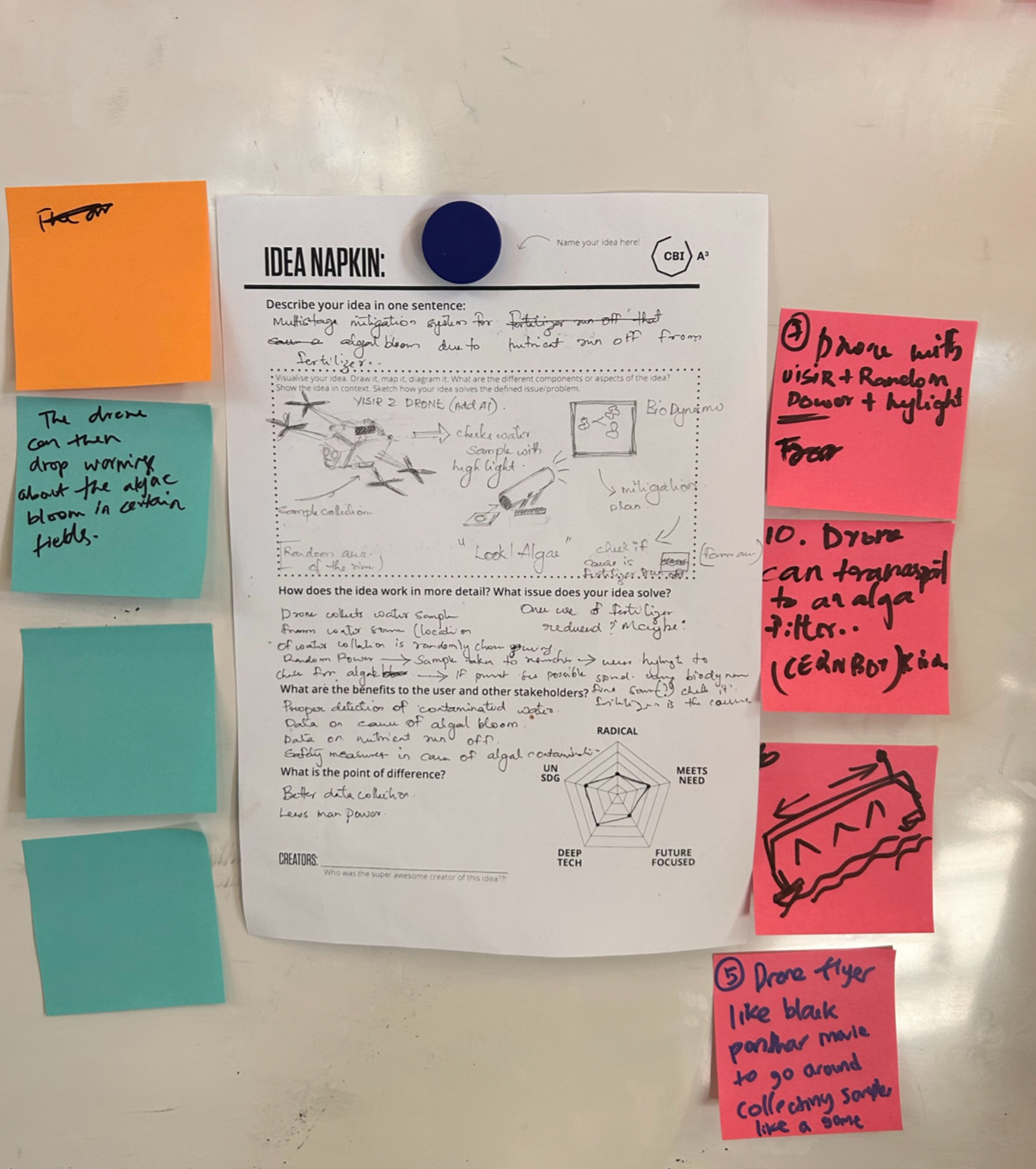
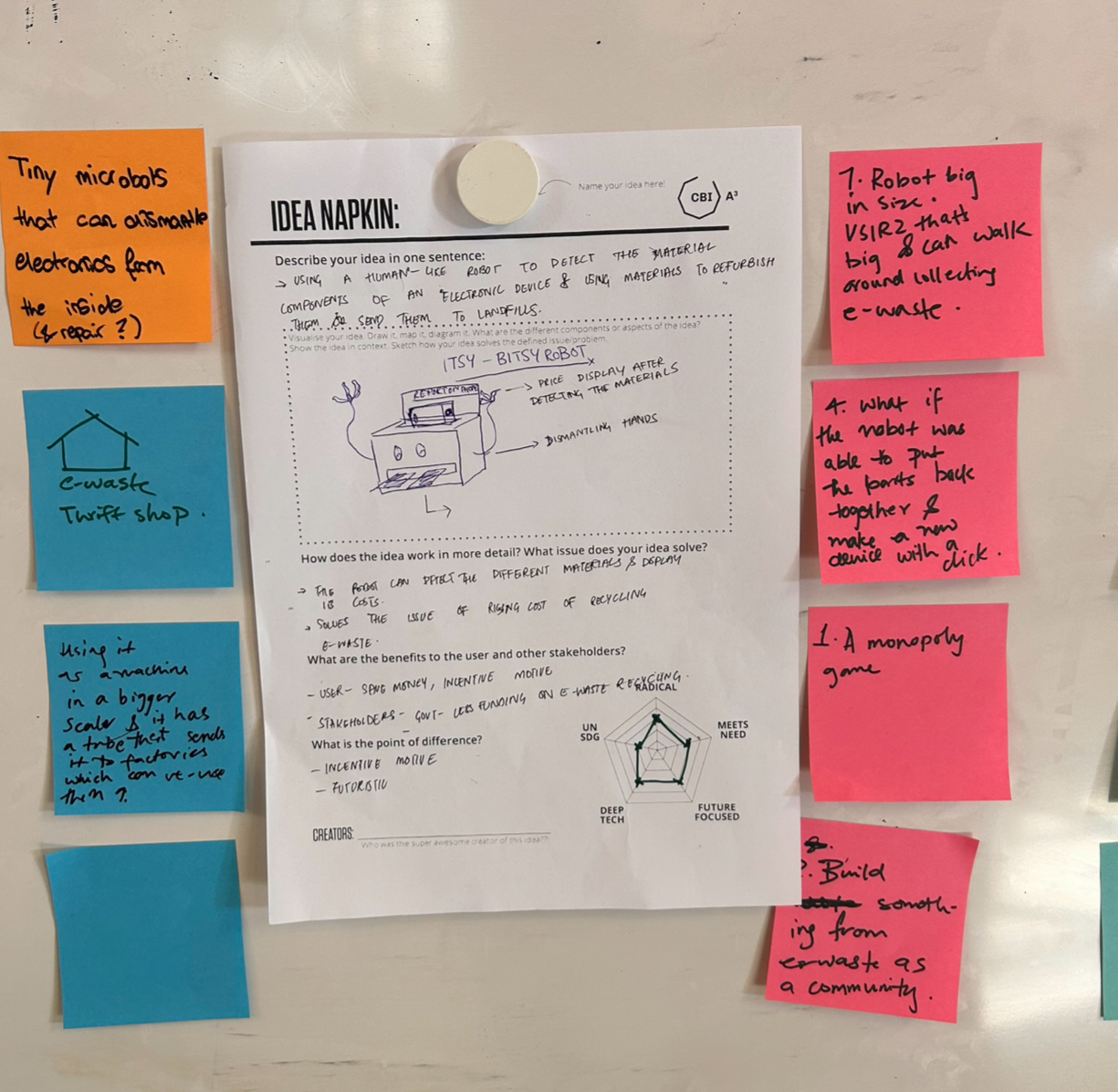
After weeks of analyzing the issue and identifying the potential in many of the opportunity cards, we settled on focusing on two topics: e-waste recycling system and nutrient run off from fertilizers. E-waste recycling is a concern all around Australia with the rise in amount of e-waste being consumed and very little of it being recycled. E-waste and its issue related to lack of recycling is not only limited to the awareness on recycling but the system of e-waste recycling as a whole. The prototype itsy-bitsy robot was one of our first solutions which will encourage users to recycle their e-waste with an incentive. The robot was made with the intention of encouraging people to recycle more often by providing an incentive to do so and displaying the materials that the electronic imbeds which can potentially be resold. The idea of using attract technologies to identify crop growth and the adequate fertilizer it requires for the same in order to reduce over-fertilization with a drone was the second solution. This solution was formed after identifying the main issue with increasing algae-blooms in the ocean is the nutrient-run off from fertilizers. These two ideas were selected from a wide range of ideas we had formed, including solutions for recycling of tyres, detection of nitrates and other contaminants in water etc. After returning to Australia we were keen to look into more opportunities. This led us to the issue of over-consumption of textiles. As a group, after researching this topic, we realized that e-waste recycling is a system we want to uncover and looking at it from a systematic perspective helped us understand the issue’s we need to tackle in this subject. We had divided the system further on and decided to focus on the first part: Targeting privacy concerns & collection systems of e-waste. Attached below are some of our prototyping moments for the phase 1 project and presenting them!
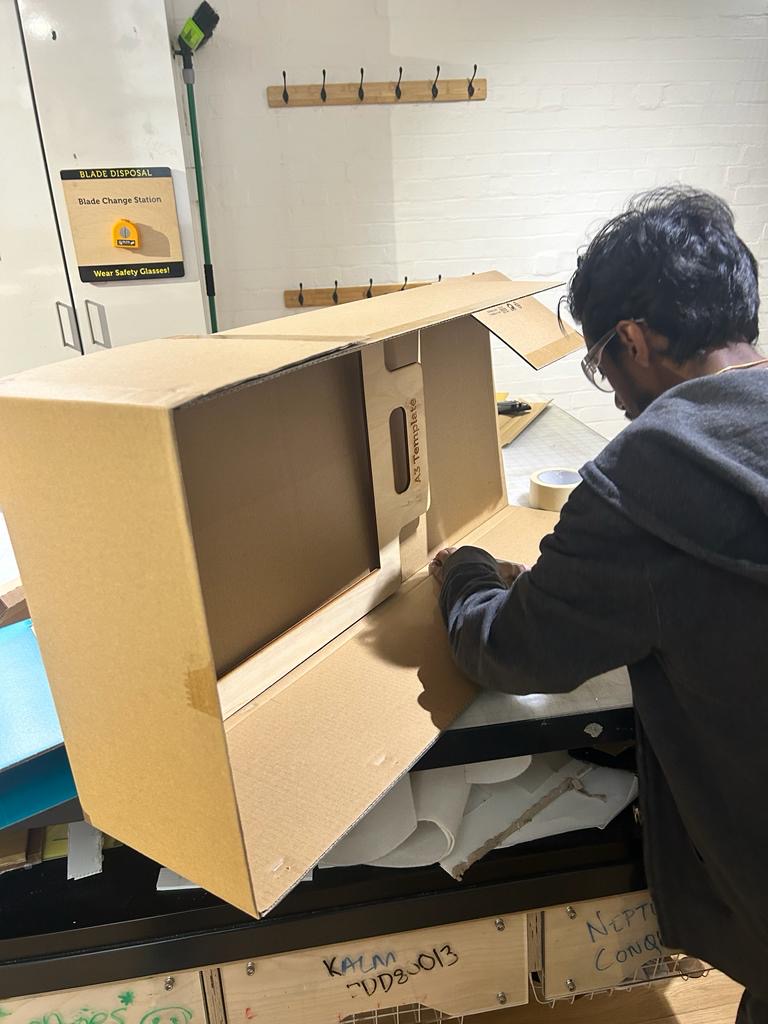
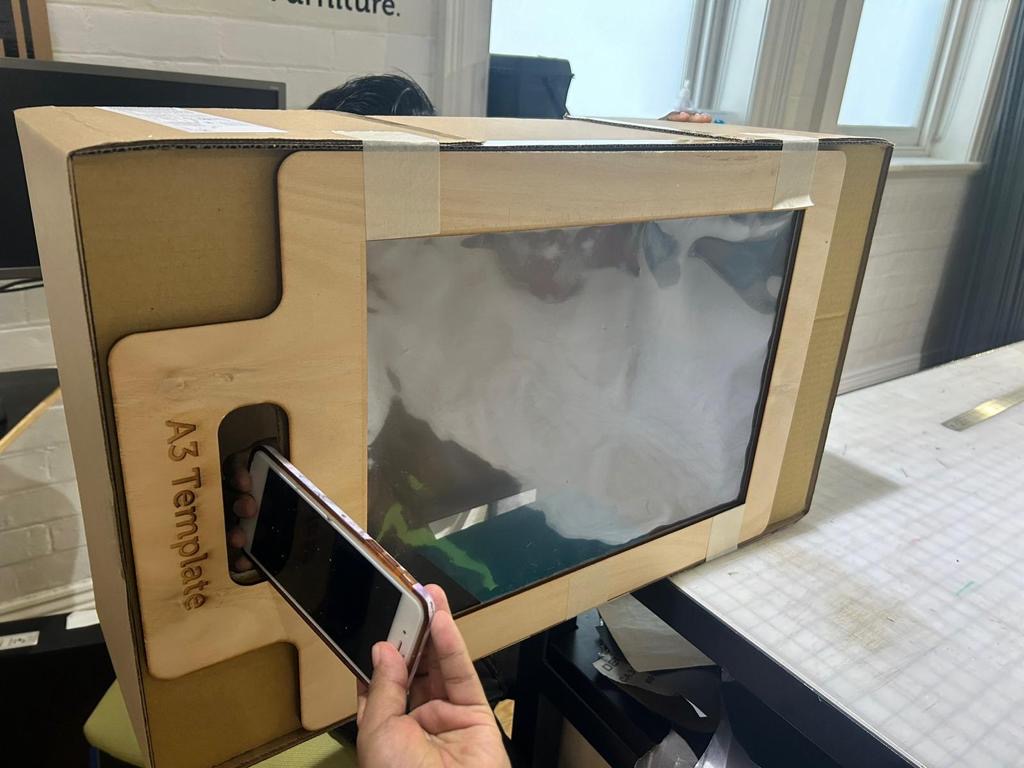

TEAM SNAPSHOT:
Our CERN trip in conclusion was an incredible experience that helped us become more enlightened designers. We built new friendships, learnt a lot, got the opportunity to talk with scientists and lastly found the issue we want to tackle for the rest of this unit.
Quote of the week:
“Facts are stubborn, but statistics are more pliable” – Mark Twain.
The chosen quote is a representation of Pablo’s famous “NUMBERS”. This has influenced many of our design decisions and research conclusions, Thanks for that, Pablo!
For our next steps, after our presentation reviews, we would like to look into the next phase of: sorting, recycling and extraction. We would particularly be looking into exploring how to extract precious materials from the metals in e-waste since it’s a broad issue that requires more research and solutions.

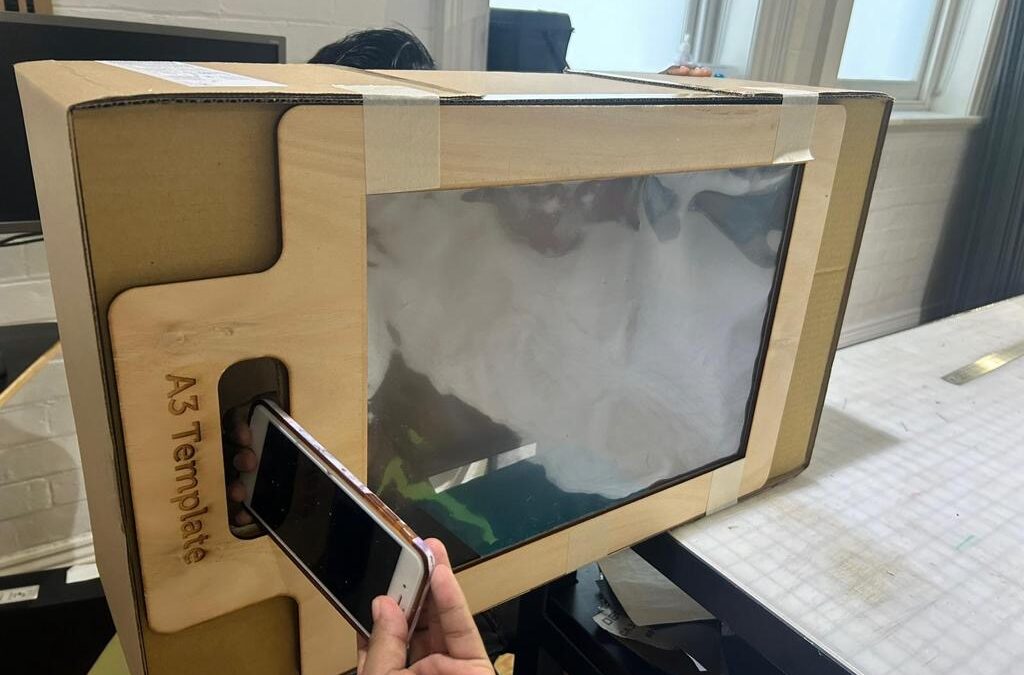
Recent Comments